May 5, 2024 | 04:34 GMT +7
May 5, 2024 | 04:34 GMT +7
Hotline: 0913.378.918
May 5, 2024 | 04:34 GMT +7
Hotline: 0913.378.918
Every year, in the central province of Binh Dinh, nearly 4,000 hectares of water surface area is used for aquaculture including 1,500 ha of freshwater aquaculture and nearly 2,400 ha of brackishwater aquaculture.
Brackish water shrimp farming in Binh Dinh often faces many risks of diseases, causing great losses. Particularly for the second crop in 2021, about 28 ha of shrimp ponds have contracted the disease at different levels.
For many years, farming households, when detecting ill shrimp, often do not immediately notify the relevant authorities but handle it themselves.
This is one of the reasons why the disease has spread on a large scale. Therefore, the People's Committee of Binh Dinh province has issued a communication plan, disseminating knowledge on prevention and control of several dangerous diseases on farmed aquatic products from now to 2030 to gradually stabilise the aquaculture industry in the locality.
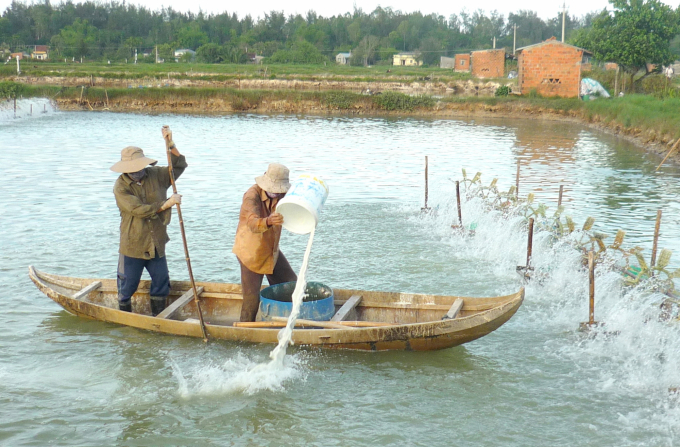
Water is treated before a new shrimp growing season. Photo: V.Đ.T
Nguyen Thi Ngoc Lan, Deputy Director of Binh Dinh Animal Husbandry and Veterinary Sub-Department, said that local branches regularly organise training courses and seminars, disseminating information about new aquaculture regulations.
“Although most of the aquaculture farmers in Binh Dinh have switched to biosafety farming and shrimp farming using Biofloc technology, they still have to regularly update their knowledge of disease prevention, ” Lan said.
For diseases in aquaculture, prevention is key, she said, adding that once disease occurred, it was difficult to curb the disease effectively.
“Pigs, cows, and chickens have vaccines to prevent disease when an epidemic occurs. It is possible to separate the herd and isolate the sick ones for treatment. However, the fishery is an aquatic population, farmers have to pay very high costs to deal with aquatic animal disease. Therefore, disease prevention is very important, such as the improvement of the pond, the selection of seed, the time of stocking, and the daily care and management of farmed aquatic products," Lan said.
Currently, most of the aquaculture farmers in Binh Dinh Province have switched to biosafety farming, no longer using chemicals but using probiotics to stabilise water quality in shrimp and fish ponds, decomposing excess waste, organic humus in farming ponds, and improving the resistance of livestock against pathogenic bacteria.
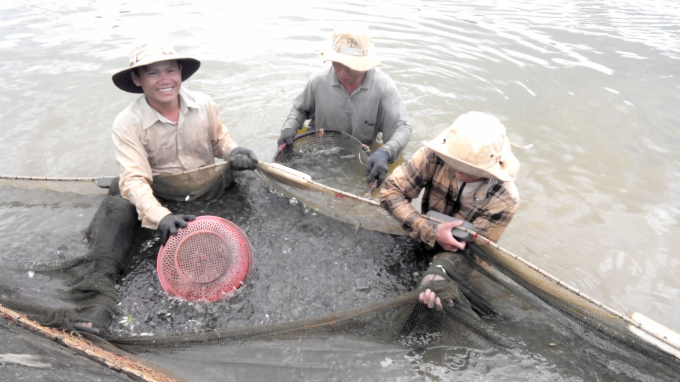
If there is a lot of antibiotic residue in shrimp, they will not buy it or buy it cheaply. In addition, the use of antibiotics will slow shrimp growth. Photo: V.Đ.T.
“The awareness of aquaculture farmers in Binh Dinh has now been enhanced, especially in the choice of using antibiotics and probiotics. Now, when buying shrimp, traders usually test for antibiotic concentration in shrimp. If there is a lot of antibiotic residue in shrimp, they will not buy it or buy it cheaply. In addition, the use of antibiotics will slow shrimp growth,” she said.
“Therefore, shrimp farmers are now switching to biosecurity and Biofloc technology to both be safe for farmed shrimp and ensure output. As a result, the environment in the farming area has been gradually improved," said Lan.
Another change in disease management in shrimp farming in Binh Dinh was proved effective. For example, in the past, when shrimp were infected with disease, the functional sector only exported Chlorine to suppress the epidemic and prevent the spread.
However, in the last three or four years, before the farming crops, the functional sector has released chlorine in advance to treat the ditches and the water source.
To deal with ponds infected with disease, farmers will also promptly receive chlorine to handle.
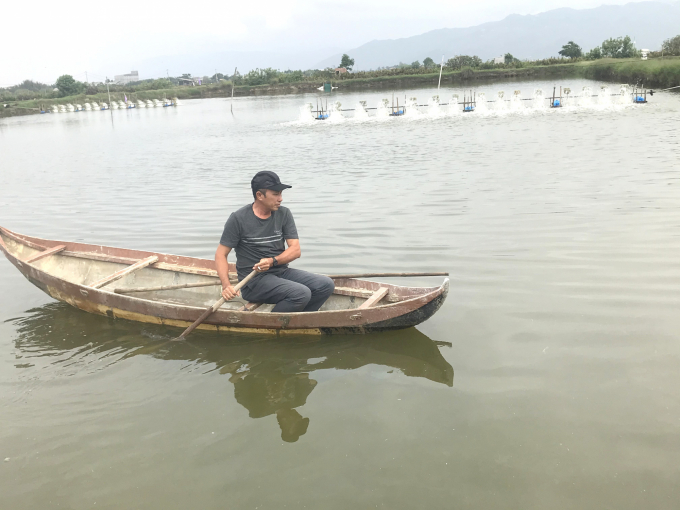
Shrimp farmers are now switching to biosecurity and Biofloc technology to both be safe for farmed shrimp and ensure output. Photo: V.Đ.T
“However, in some cases when shrimp ponds are infected with disease, the pond owners do not report to the authorities, but buy chemicals for treatment and secretly discharge waste from diseased ponds into the surrounding environment. Therefore, through training sessions and seminars, farmers are advised that in such cases, pond owners should report to the local authorities to receive chlorine support for treatment," said Lan.
“In the past, if pond owners stocked shrimp breeding according to the seasonal schedule, shrimp breeding had a certificate of quarantine. When shrimp are infected with disease, farmers would be given chemicals to handle. If anyone lacks one of the above two conditions, they will only be granted 70 per cent of needed chemicals. If they fail to meet both two conditions, they will only be granted half of the needed chemicals. Currently, shrimp are often sick due to viruses, so when an epidemic occurs, farmers are provided all chemicals to treat the epidemic area to avoid disease spread," Lan said.
Translated by Hien Anh
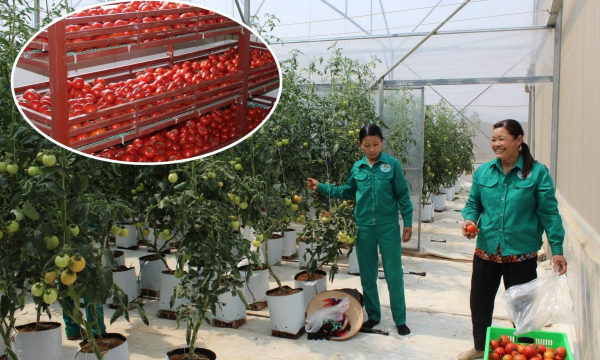
(VAN) The greenhouse complex stretches along the undulating hills, once abandoned, now serving as a source of fresh vegetables for over 16,000 students in the district.
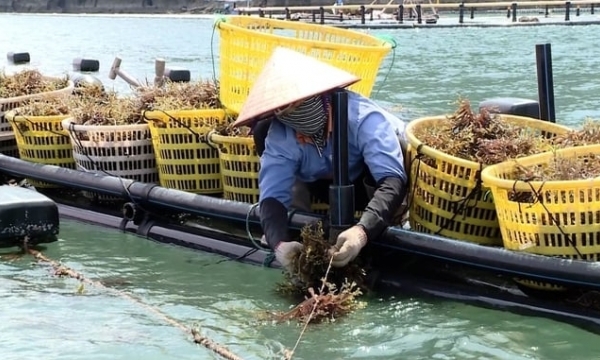
(VAN) Seaweed and marine algae have advantages in environmental protection and sustainable economic development, meeting food needs with uses in other fields
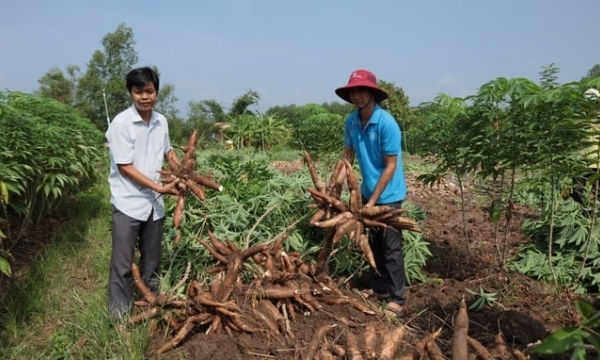
(VAN) In Tay Ninh, efficient irrigation has helped increase cassava yields by 30 - 50% (reaching 40 - 50 tons/ha), reducing irrigation water usage by 40%
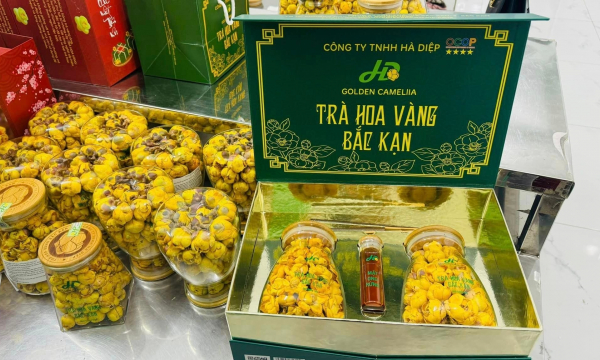
(VAN) In 2024, Bac Kan province has acquired investments for 10 projects in the agriculture and forestry sectors, with a particular focus on the production and processing of medicinal plants.
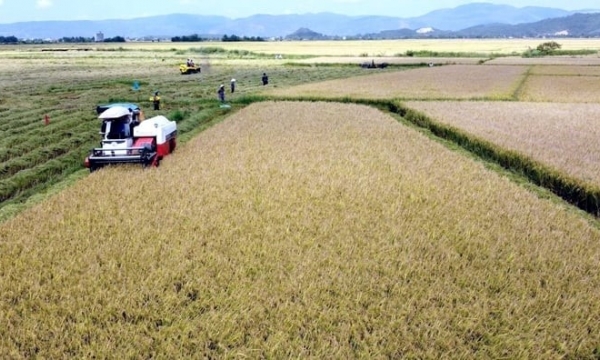
(VAN) Phu Yen is one of the localities with the conditions to develop high-tech agriculture, seafood processing and aquaculture.
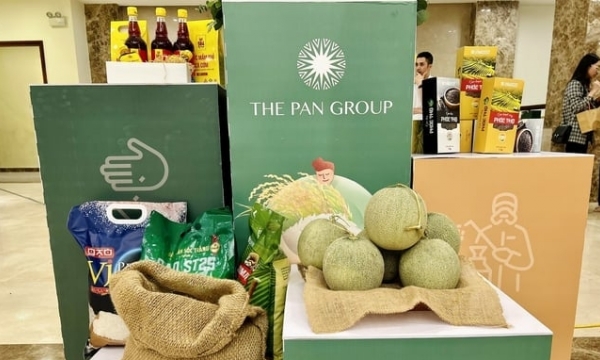
(VAN) In response to climate change concerns and economic challenges, PAN Group sets target of 12% revenue growth with natural agriculture solutions.
/2024/04/26/4910-3-173953_784.jpg)
(VAN) The Nestlé Net Zero Roadmap launched in 2020 has helped the Group transform its business operations and implement measures to reduce greenhouse gas emissions in all fields.